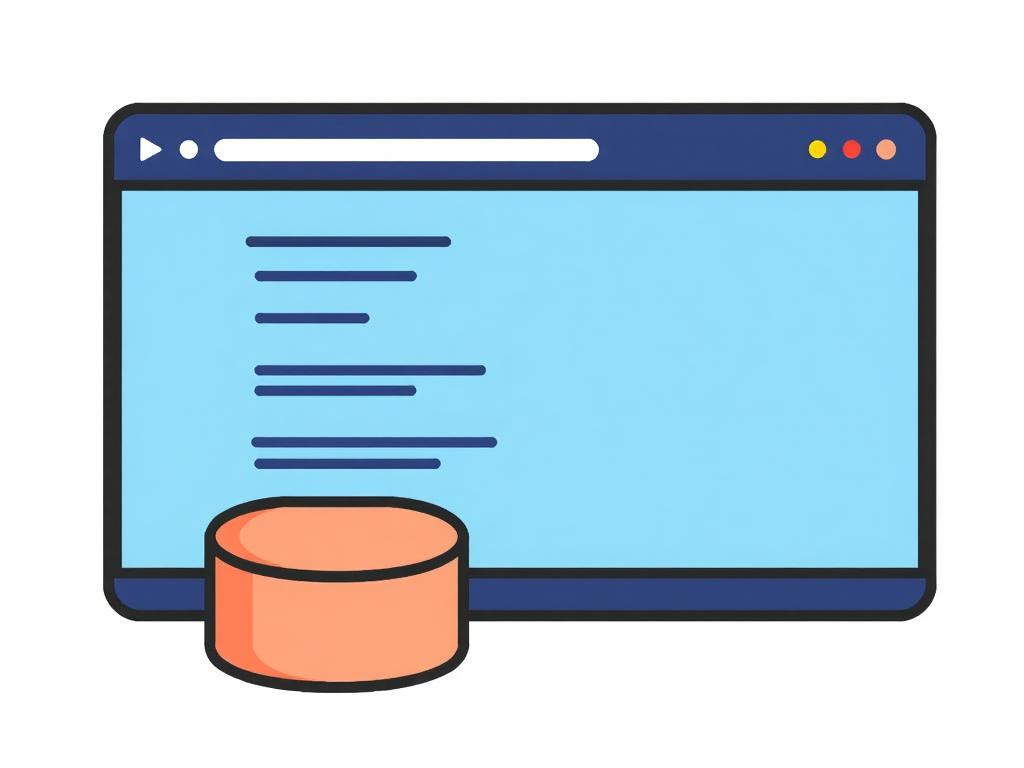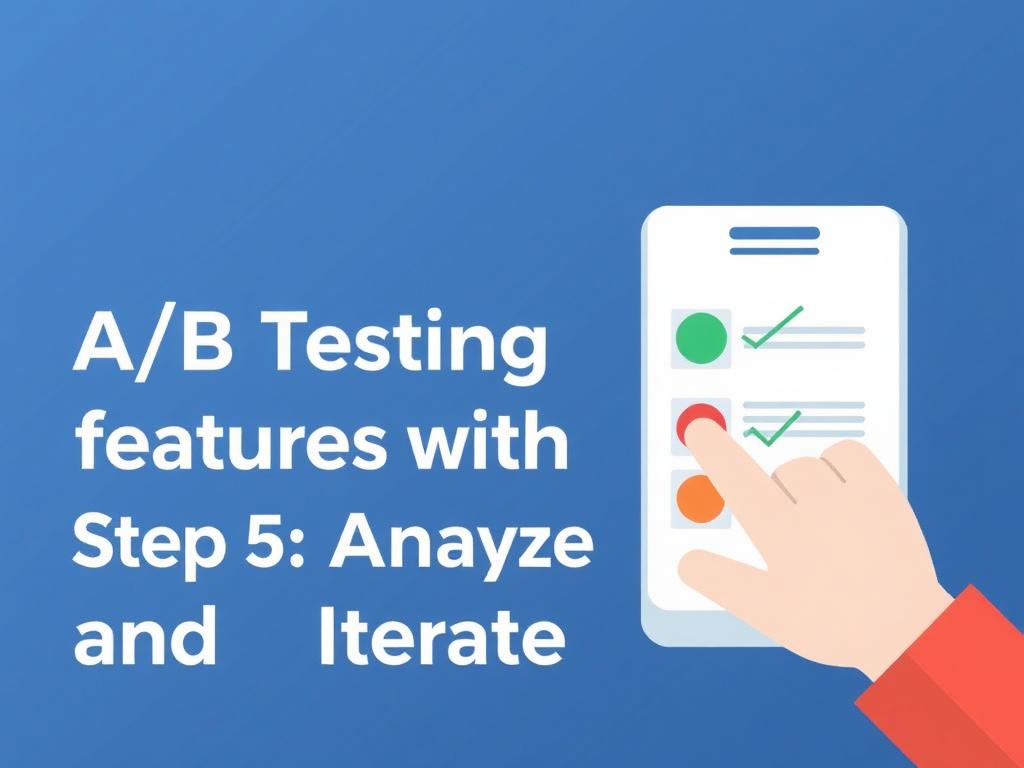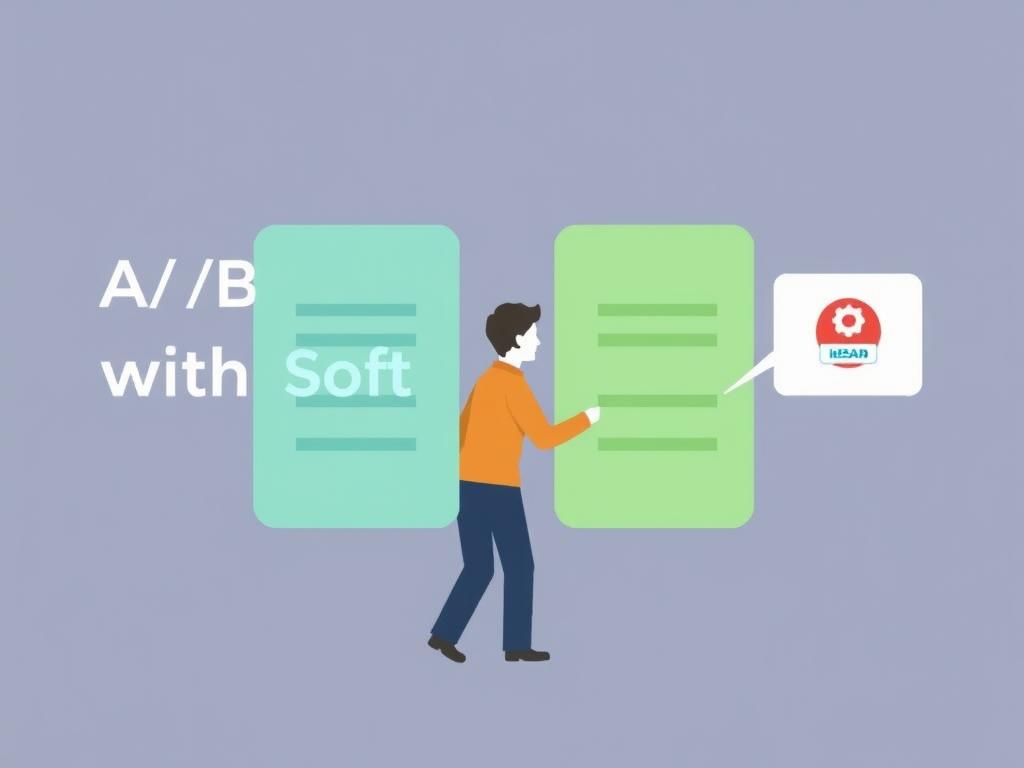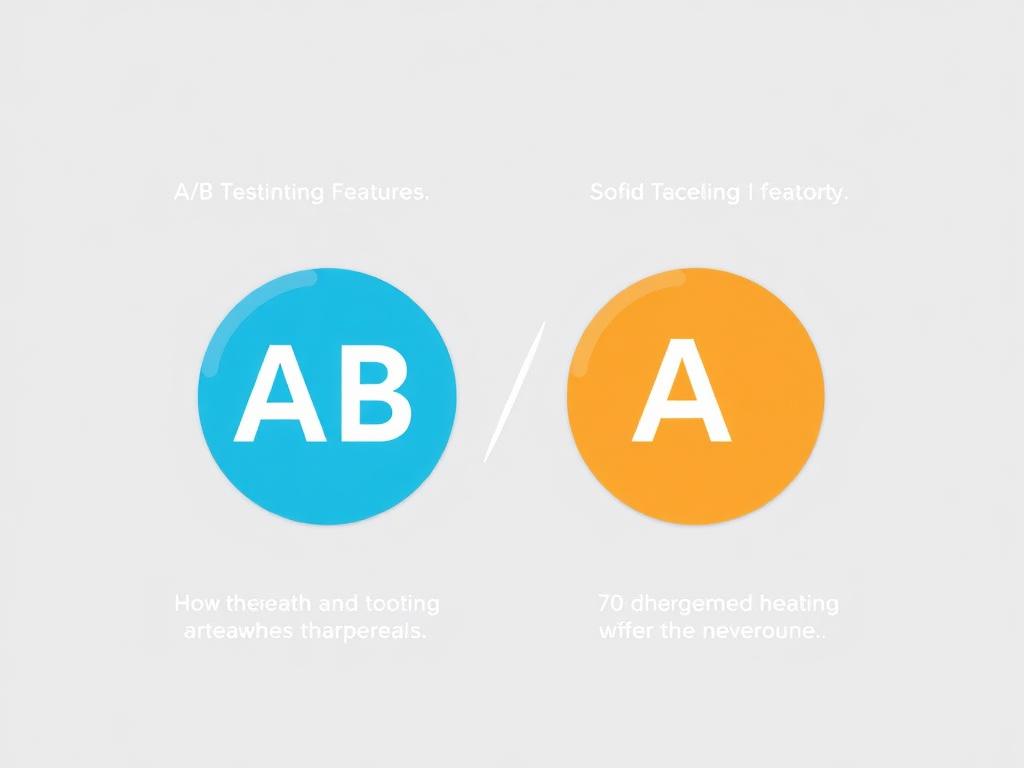In the fast-paced world of product development, understanding what resonates with your users is crucial. A/B testing features has emerged as a go-to method for teams wanting data-backed decisions. However, the real magic happens when you combine A/B testing with soft rollouts, allowing careful, controlled exposure of new features. This approach not only helps minimize risks but also provides valuable feedback early in the development cycle. In this article, we’ll dive deep into what A/B testing features and soft rollouts involve, why they are essential, how to implement them effectively, and the benefits they bring to your product strategy.
What is A/B Testing Features?
A/B testing features is a technique where two or more variants of a feature or interface are shown to different segments of users at the same time. By comparing how each version performs against predefined metrics, teams can determine which variant drives better user engagement, conversion, or retention. Instead of guessing or relying on subjective opinions, A/B testing provides rigorous, data-driven insights.
Imagine you want to test a new button color on your app. You’d split your audience so half see the original button (control) and half see the new color (variant). After gathering enough data, you can analyze which button performs better before deciding to roll it out to everyone. This simple idea forms the basis of A/B testing features, but its strength is in its versatility and applicability across almost every product decision.
Understanding Soft Rollouts

While A/B testing features focus on comparing variations, soft rollouts emphasize how a new feature is introduced to users, emphasizing gradual exposure and monitoring. With a soft rollout, a new feature is enabled for a small percentage of users initially, then expanded progressively as confidence in the feature’s performance grows.
This staged approach helps identify potential issues or bugs in a controlled environment without impacting the entire user base. It essentially acts as a safety net, allowing developers and product managers to catch problems early, gather real user feedback, and make improvements before a full launch. Compared to traditional “big bang” releases, soft rollouts reduce risk and improve overall quality.
The Value of Combining A/B Testing Features with Soft Rollouts
Integrating A/B testing with soft rollouts brings the best of both worlds: precise measurement and careful risk management. Instead of exposing your entire user base to a new feature that might underperform or cause unintended problems, you can test different versions on small segments, analyze the results, and gradually scale the rollout based on these findings.
This combined approach yields several benefits:
- Reduced Risk: Catch issues early and limit impact.
- Informed Decisions: Use data from A/B tests to guide rollouts.
- Improved User Experience: Avoid overwhelming users with untested features.
- Flexibility: Easily pause or rollback features if needed.
How to Implement A/B Testing Features with Soft Rollouts
Getting started with this process involves several critical steps, each designed to maximize insight while minimizing disruption:
Step 1: Define Your Goals and Metrics
What do you want to learn or improve? Whether it’s increasing sign-ups, improving click-through rates, or boosting retention, clear objectives guide your testing and rollout strategies. Identify relevant success metrics and set targets to measure progress.
Step 2: Develop Feature Variations
Create meaningful versions of your new feature. These can range from subtle UI tweaks to entirely different user flows. Ensure that variants are distinct enough to measure impact but not so different that analysis becomes confusing.
Step 3: Segment Your Users
Divide your users into segments for A/B testing and soft rollout groups. This division should ensure randomness and statistical validity. Consider segment size — too small leads to unreliable results, too large might increase risk.
Step 4: Launch and Monitor
Release feature variants to the chosen segments through a soft rollout approach. Monitor key performance indicators in real-time to detect early signs of success or failure. Use analytics tools and dashboards effectively.
Step 5: Analyze and Iterate

Analyze data collected to determine the best-performing version. Based on findings, iterate on the feature or adjust rollout plans. If a variant underperforms, pause or roll back the feature promptly to prevent negative user experiences.
Tools to Facilitate A/B Testing Features with Soft Rollouts
Several modern platforms support this combined approach by integrating feature flagging, A/B testing, and gradual rollouts. Here’s a comparison of some popular tools:
| Tool | Key Features | Best For | Pricing Model |
|---|---|---|---|
| LaunchDarkly | Feature flags, multivariate testing, soft rollout | Enterprises and scalable teams | Tiered subscription |
| Optimizely | A/B testing, personalization, feature flags | Marketing-driven testing | Custom pricing |
| Split.io | Feature flagging, A/B testing, data integrations | Data-focused product teams | Subscription-based |
| Firebase Remote Config | Remote feature toggles, targeting | Mobile app developers | Free tier + usage-based pricing |
Challenges and Best Practices to Keep in Mind
While the benefits of A/B testing features with soft rollouts are evident, teams often face challenges in implementation:
- Statistical Significance: Ensuring test results are reliable requires sufficient user volume and duration.
- User Segmentation: Poor segmentation can bias results, so randomization and representativeness matter.
- Technical Complexity: Setting up feature flags and managing multiple variants can strain development resources.
- Monitoring: Continuous real-time monitoring is crucial so issues are detected immediately during soft rollouts.
Best practices to overcome these include cross-functional collaboration, investing in automation, clear documentation, and iterative learning. Also, communicate transparently with internal stakeholders and even with users when appropriate, to foster trust.
The Future of Feature Delivery: Agile and User-Centric

The technology landscape increasingly favors methods that bring agility and user-centric approaches to product development. A/B testing features coupled with soft rollouts fits perfectly in this evolving paradigm. It allows teams to experiment fearlessly, validate hypotheses with real user data, and improve products continuously without jeopardizing user satisfaction.
Moreover, as personalization and AI-driven customization grow in importance, these methodologies offer a scalable way to deliver tailored experiences. They empower product teams to be innovative while maintaining accountability and control over the user experience.
Summary Table: A/B Testing vs. Soft Rollouts vs. Combined Approach
| Method | Description | Primary Goal | Risk Level | Ideal Use Case |
|---|---|---|---|---|
| A/B Testing Features | Comparing multiple variants simultaneously to determine the best performer. | Data-driven decision making | Moderate | Testing UI or functional changes |
| Soft Rollouts | Gradually exposing a feature to a subset of users before full release. | Risk mitigation and monitoring | Low to Moderate | Minimizing impact of potential bugs |
| Combined Approach | Running A/B tests within a soft rollout framework. | Balanced insight and controlled release | Low | Progressive, informed feature launches |
Conclusion
Mastering A/B testing features with soft rollouts is a game changer for product teams who want to make smarter, safer, and faster decisions. By blending experimentation with gradual feature exposure, you create a feedback loop that balances innovation with reliability. This approach helps you deliver better user experiences, decrease risks, and continually evolve your product based on real data. Whether you’re a startup or an enterprise, incorporating this methodology into your development process is a winning strategy that puts your users first while driving meaningful growth.

